Top 3 best render engines for Houdini
Houdini is a popular 3D animation software package in FX departments for creating visual effects in films and games, developed by SideFX. There are a variety of renderers for Houdini to choose from if you want to find the right one for your project. Let’s see top 3 best render engines for Houdini.
Table of Contents
1. What is the render engine for Houdini?
A camera defines the viewpoint to render from, lights illuminate the scene, and a render node represents the renderer and render settings to employ while rendering in Houdini. However, utilizing the current view, a headlamp, and the default render parameters, you may still produce preview renders.
You can also use third-party renderers with Houdini. We recommend 3 render engines for Houdini in this article: Arnold, Redshift, and V-Ray.
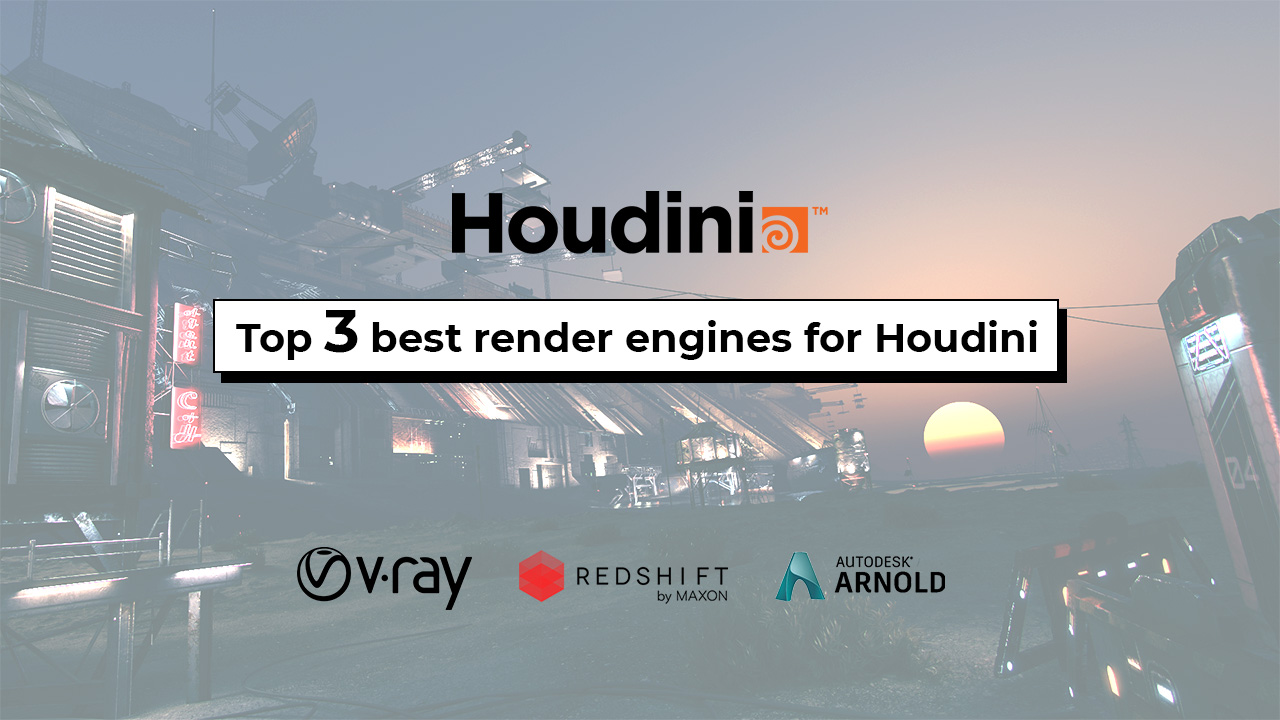
2. What is the best render engine for Houdini?
V-Ray
Houdini’s V-Ray is a rendering plugin. It has a variety of materials, textures, lighting, utility nodes, volumetrics, and render elements that specialize in making your workflow go as smoothly as possible:
- Rendering: High-performance GPU and CPU rendering capabilities are necessary for high-speed look development and final frame rendering.
- Volume rendering: The V-Ray Volume Grid allows for quick and precise illumination and rendering of VDB volumes.
- Support for the V-Ray scene: Some apps may easily transfer and override V-Ray scene properties.
- Support for alembic: It includes transformations, instancing, and material overrides per object.
- Physical hair: Physical hair is a new shade that creates realistic-looking hair with precise highlights.
- Particles: Custom, per-point characteristics control shader factors including color, alpha, and particle size.
- Primitive in packaging: At render time, V-ray handles quickly and efficiently Houdini’s native packed primitives
- Material stylesheets: Supporting material overrides based on groups, bundles, and attributes
V-Ray best render engine for Houdini is a high-end VFX and animation rendering program that has been used in production. It includes all of the tools artists will need to create stunning procedural effects. Adaptive ray tracing in V-Ray is well-optimized for speed and scalability. You can use many CPUs and GPUs, or both, to get the most out of your hardware rendering. Moreover, you can render a single image across numerous workstations using V-distributed Ray’s rendering. It also integrates with Houdini and allows for easy scene exchange with other DCC systems.
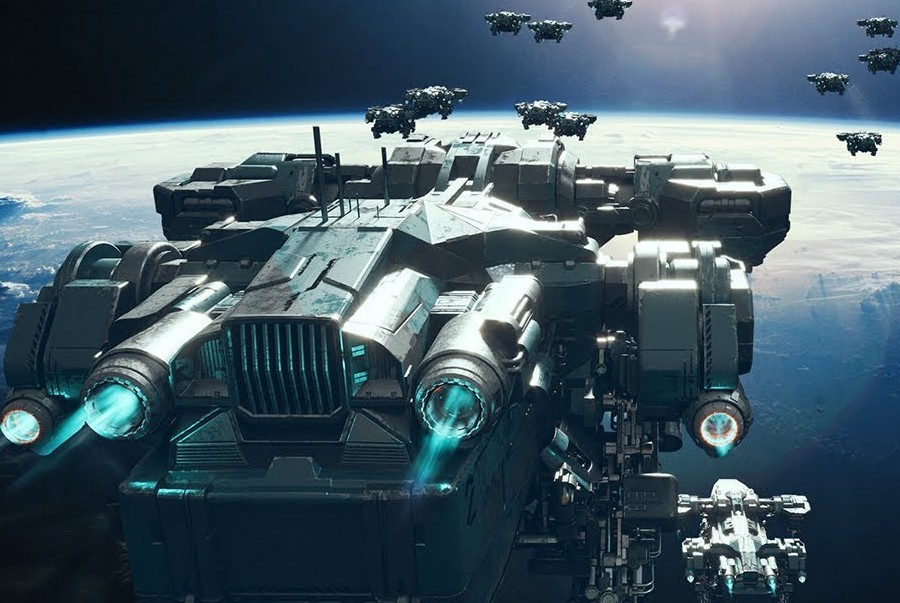
See more: 8 best render engines in 2024
Redshift
By adding the Redshift plugin, Houdini artists may now use Redshift as their rendering backbone. The following are some of the important functionalities that are supported:
- Hair and Fur–Houdini curve primitives that are retrieved as RS hair objects are supported.
- Houdini Primitives: Tessellation of Houdini primitive surfaces that is automatic and adjustable (primitives, NURBS, etc.).
- Support for Houdini Instancing, including the Instance OBJ node and the “instance” and “instance path” characteristics, like RS Instances or RS Point Clouds.
- Support for arbitrary user data characteristics per object or instance, allowing for shading change without the usage of various materials.
- Any Houdini primitive can be rendered as RS strands.
- Volumes – Renders OpenVDB files and Houdini Volumes and VDB primitives directly. Volume instancing and velocity grids.
- Non-GUI tools: The plugin works with all non-GUI Houdini tools (hython, hscript, and so on) and offers a set of custom HScript commands for controlling the renderer.
Redshift is a strong GPU-accelerated renderer designed to handle the unique demands of high-end production rendering today. To put it another way, the design purpose of this software is to help creative individuals and studios of all sizes. It comes with a slew of useful capabilities and interfaces with industry-standard CG software. Redshift with Houdini increases the array of digital content creation (DCC) technologies that work with its rendering engine. Over the last few years, an increasing number of Houdini designers have begun to use Redshift for rendering, greatly reducing their render times.
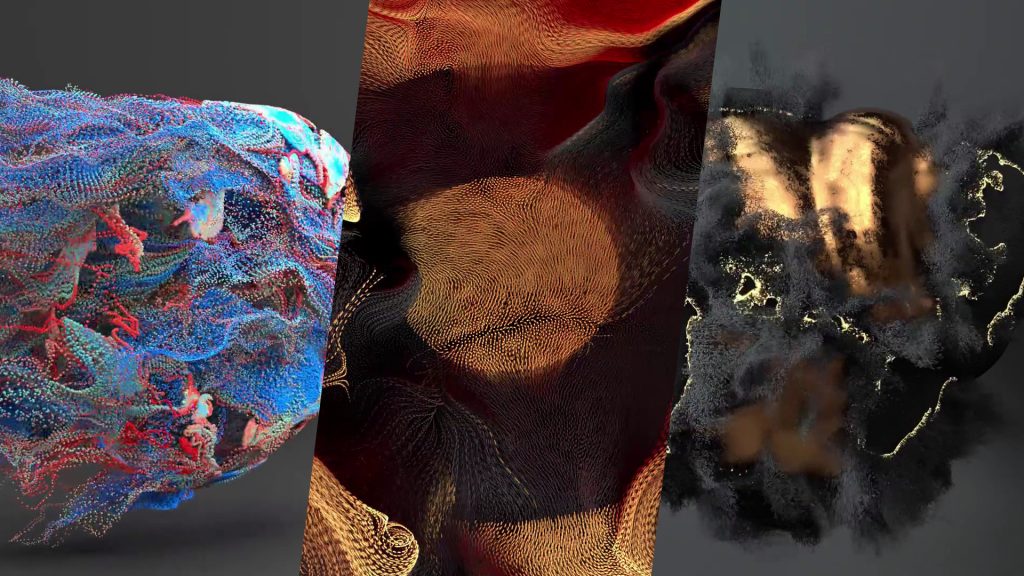
See more: 8 best render engines should you know
Arnold
Arnold is a powerful Monte Carlo ray tracing renderer that can handle even the most demanding situations, allowing you to render with confidence. That is thanks to an artist-friendly UI specifically designed to fit the way you operate in Houdini.
- High Performance: Arnold has the strength to handle every scene. It thrives on enormous datasets, so you’ll never have to worry about a system crash.
- Custom-built: The Arnold plugin for Houdini (HtoA) was created with Houdini artists in mind. HtoA creates to feel like a native part of Houdini, and it covers all of the special capabilities you need, including new Solaris support, saving you time and allowing you to work more efficiently.
- Flexible: Choose when to render with the CPU and when to render with the GPU. Use the GPU renderer to quickly iterate on assets, then switch to CPU rendering when you need to scale up and render your bigger scenes.
- Extensible: Get the scalability of an open architecture that makes integrating Arnold into your pipeline and adapting to project requirements simple.
- Production-ready: Arnold’s full feature includes tools to offer you more control over lights, shaders, and other render effects.
Based on Monte Carlo Ray Tracing, Arnold is a good CPU and GPU renderer for Houdini. Its engine can render billions of spatially incoherent beams across a scene. This render engine frequently employs one degree of diffuse interreflection, allowing light to bounce off of a wall or other object and illuminate a subject indirectly. It heavily relies on instancing for intricate scenery, like the space station in Elysium. Arnold for Houdini (or HtoA) is a tight bridge from Houdini’s regular interface to the Arnold renderer. It also allows for easy lighting workflows between Houdini and other DCC applications.
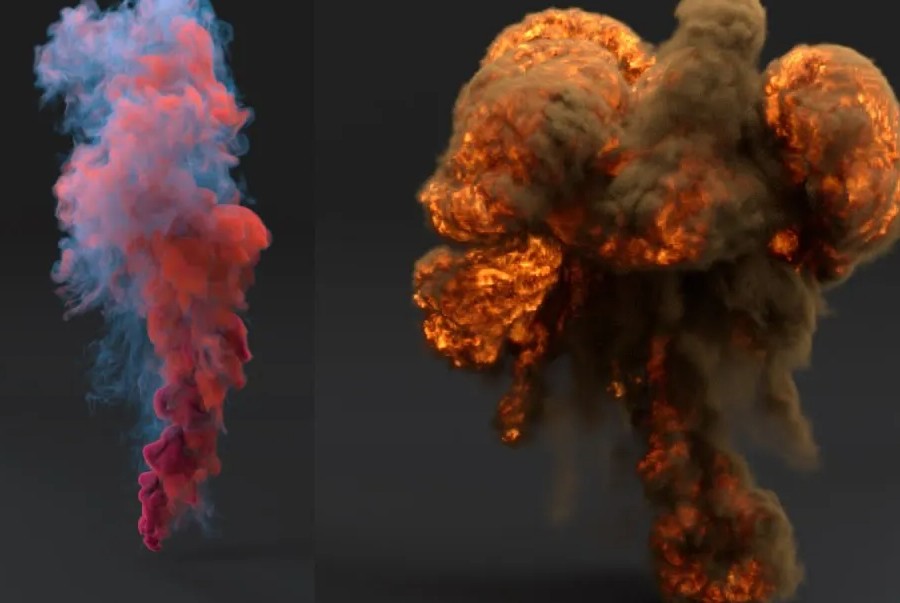
3. Conclusion
VFXrendering has gathered some data on which software is better for Houdini: Arnold, Redshift, and V-Ray. When it comes to near-perfect scaling in the benchmarks, Redshift is the fastest rendering engine for Houdini. The V-ray and Arnold renders, on the other hand, are more visually pleasing. For your reference, each rendering software has its own unique strengths. We’re confident that at the end of this article, you’ll have a better understanding of the best render engines for Houdini.
See more:



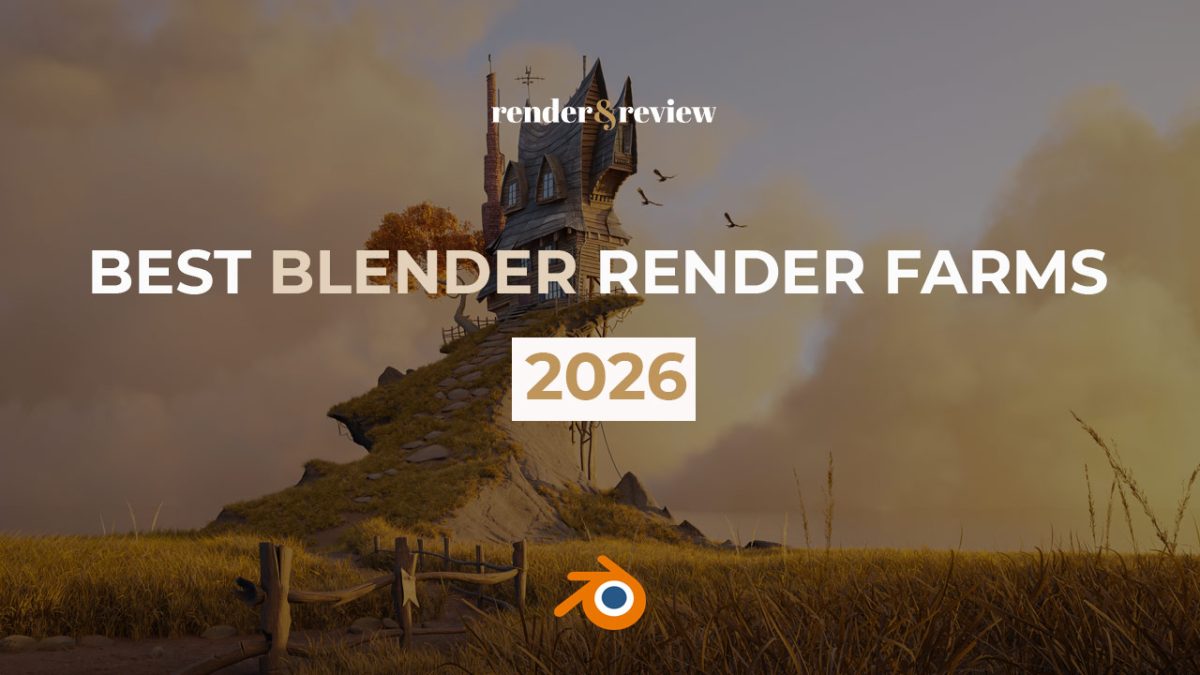
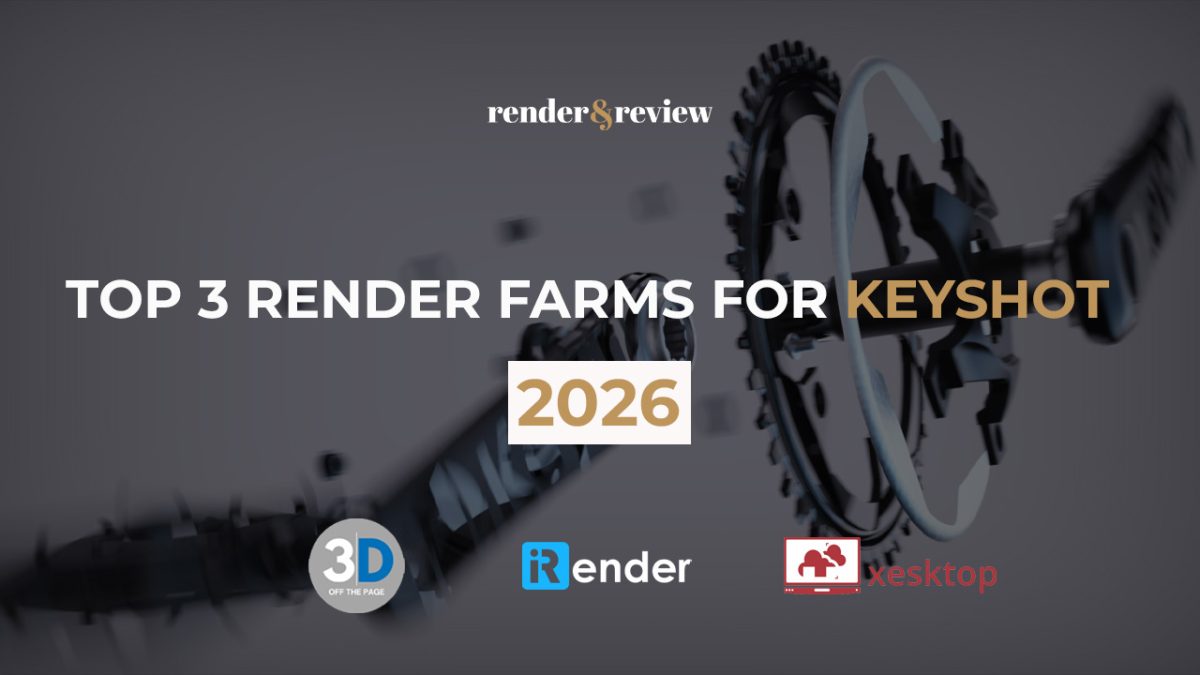
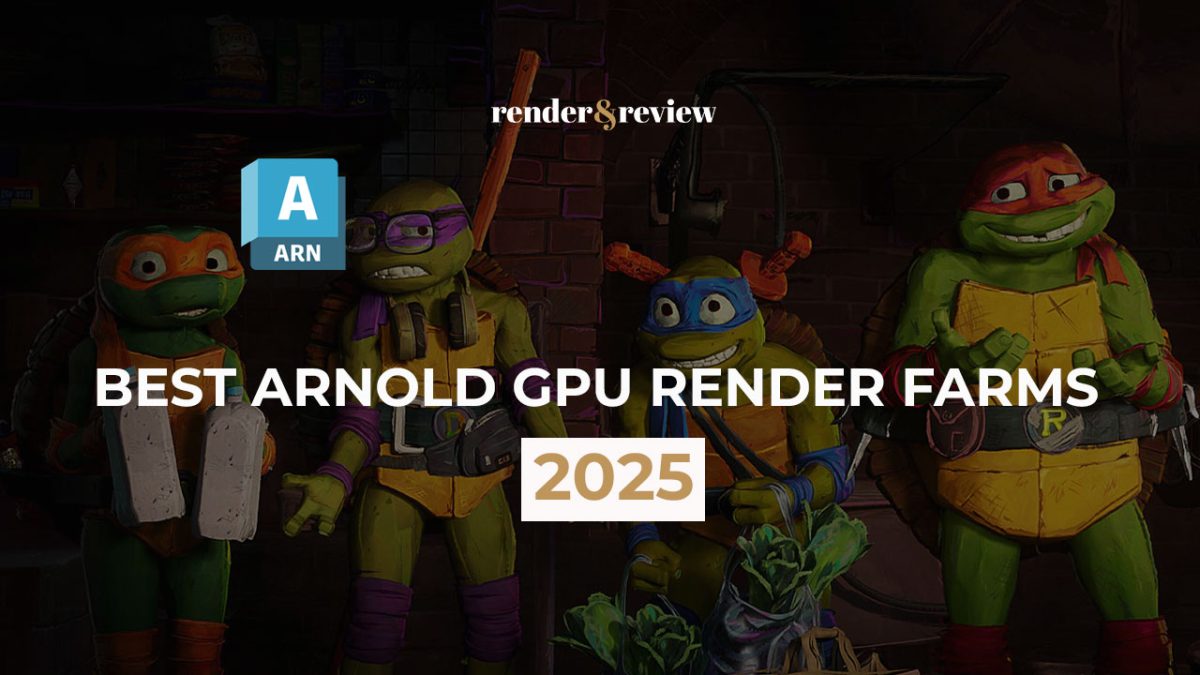
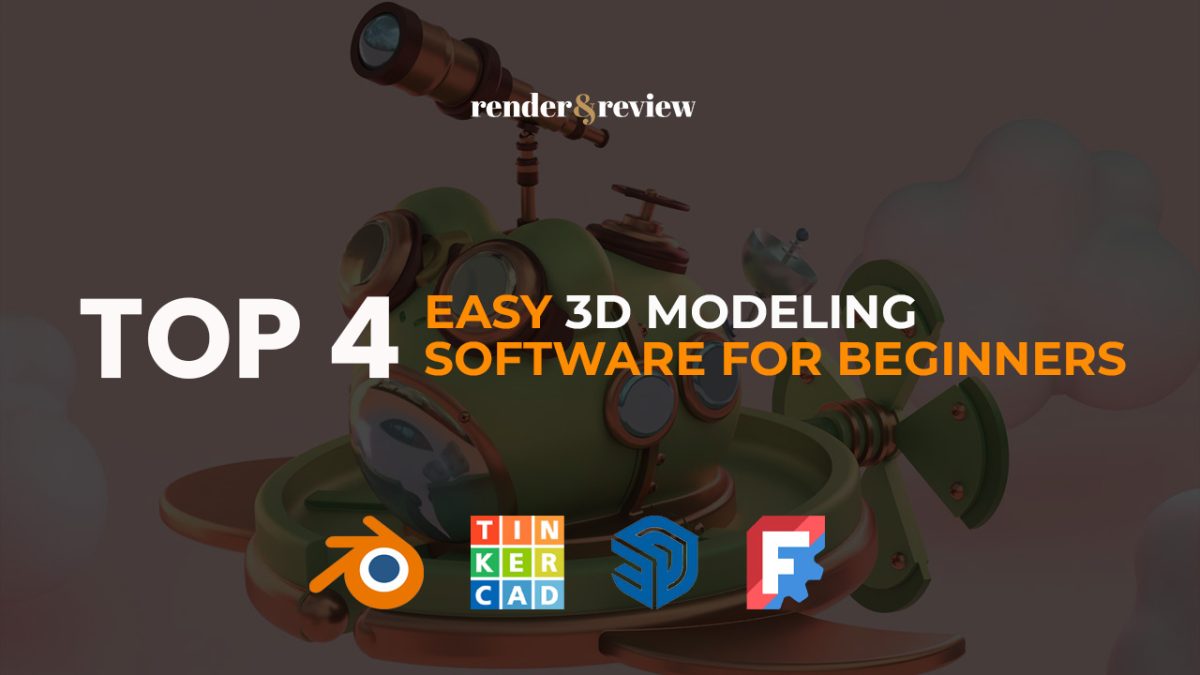

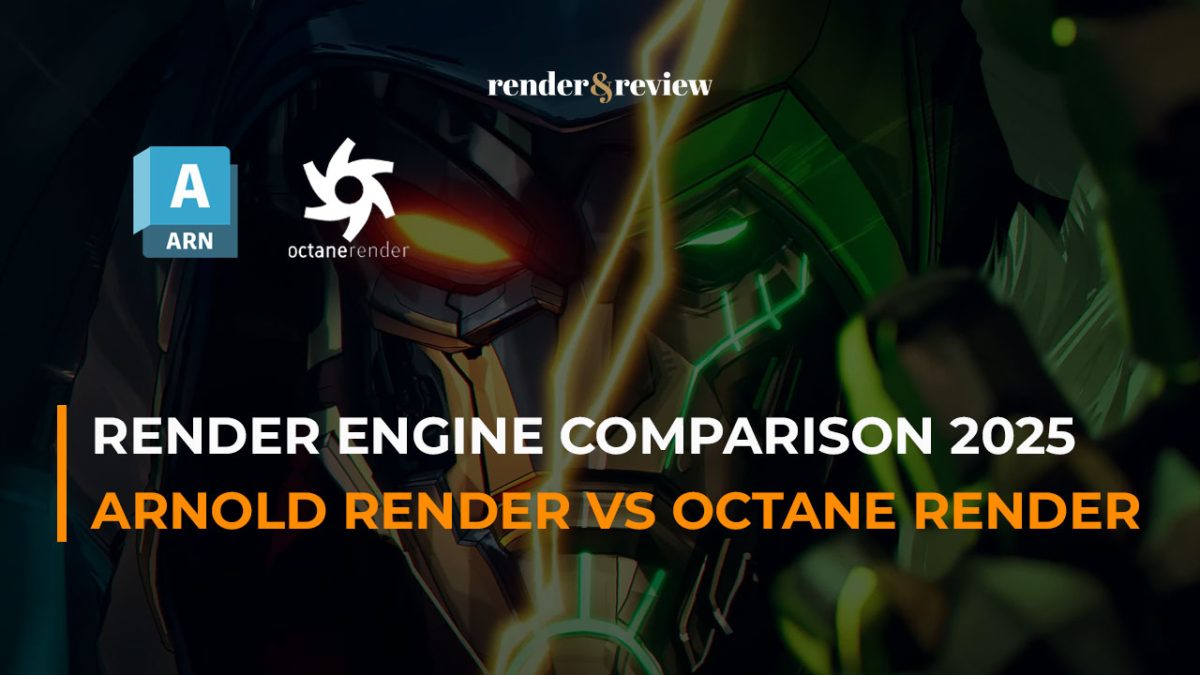
No comments